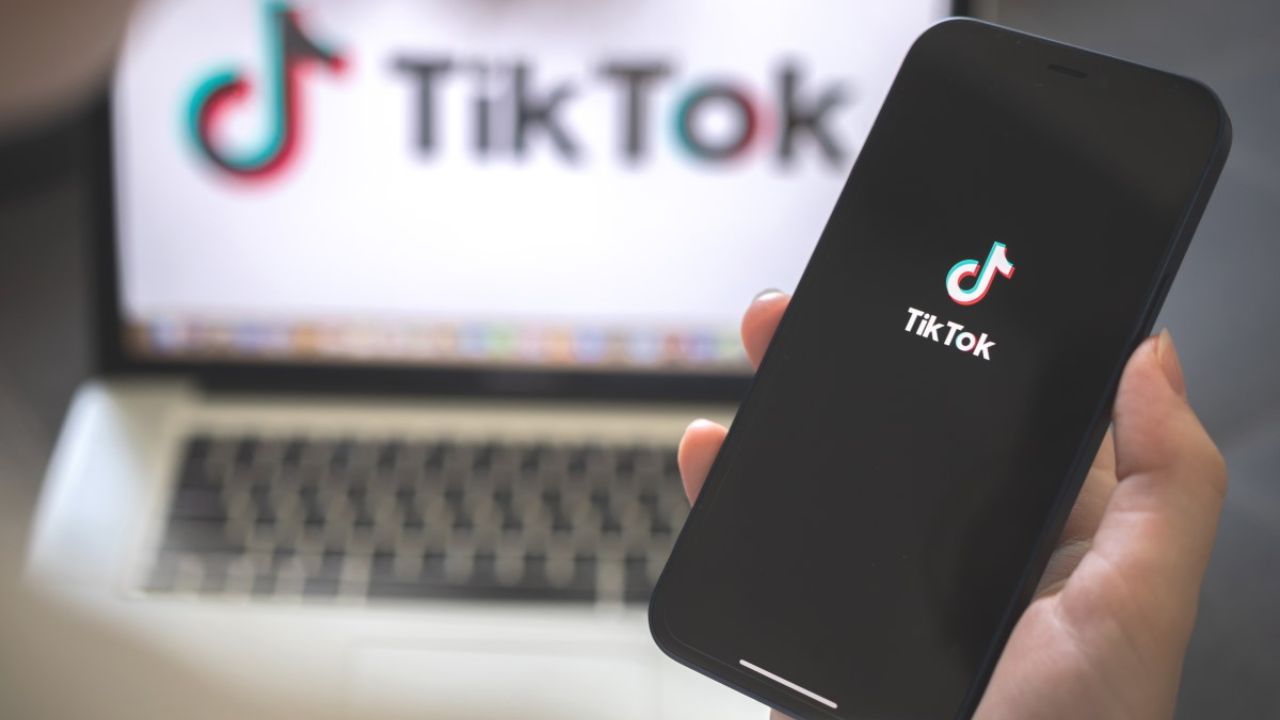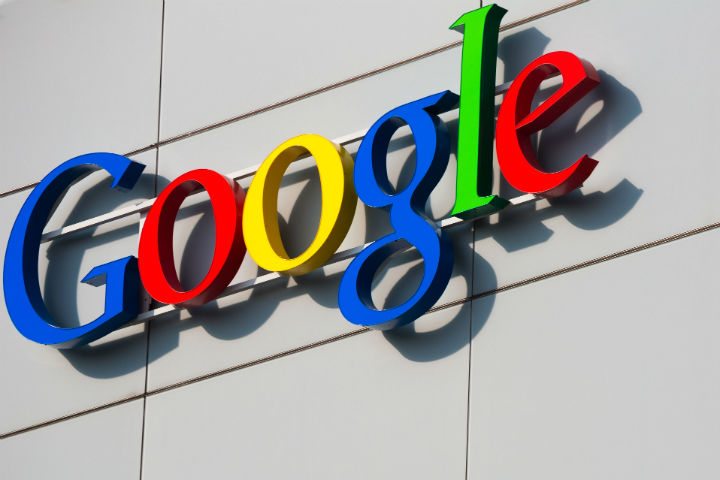Quantum computing may be years away, but Atos is preparing enterprises for the age of quantum with benchmarking to help them measure computational power.
According to Atos, 2020 has become an inflexion point for quantum computing. Real-life application areas have been identified which are unable to be solved in the classical world, but may be able to be solved in the quantum world.
Atos said that the new metric, called Q-Score, measures the actual performance of quantum processors when solving an optimisation problem.
Elie Girard, CEO of Atos, describes Q-Score as a universal metric for quantum computing, which aims to measure and assess the quantum computing performance of any type of qubit. Quantum computers require a huge amount of error correction. He said that the Q-Score metric will help companies improve their understanding of the type of problems where quantum computers perform well.
“The class of applications where Q-Score will have the largest impact is in optimisation,” he said. Unlike artificial intelligence (AI), where a data model may not be easy to explain, Girard believes humans can explain the problems a quantum computer is being used to solve.
“I think it’s a combinatorial problem. It’s not about humans being unable to understand what the machine does,” he said, adding that while humans can solve the problem, the way they do this cannot scale.
The travelling salesman problem is a well-known maths problem, deciding the optimal route a salesman has to take between each city, visiting each one once. For Girard, a human could easily draw an optimal route for the salesman to visit a handful of cities, but this becomes impossible as the number of cities increases.
A quantum computer can scale far more, which means it can figure out the optimal route between cities as more and more are added. “Your brain understands the problem, but when you increase the dimensions, the brain can’t calculate the outcomes,” he added.
Another seemingly simple example, said Girard, is where a university has to house 400 students but only have 100 rooms in its hall of residence, and there are 50 pairs of students who hate each other. According to Girard, the number of combinations of pairs of students who could be housed together is larger than the number of atoms in the universe.
Girard said that today’s quantum computers measure 15 on the Atos Q-Score, an improvement of 5 from last year’s quantum computers. By next year, he expects quantum computers will have a Q-Score of at least 20.
To reach so-called quantum supremacy – where a quantum computer can solve a problem not possible on a supercomputer – the Q-Score would need to be around 60. For Girard, this shows that while quantum computing is a number of years away, it is something business leaders need to build into their mid to long-term strategic planning.
“In spite of the fact that quantum technology may take years, we have identified applications which quantum computers can solve,” he said.
Atos is collaborating on the European project, NExt ApplicationS of Quantum Computing, which aims to boost near-term quantum applications and demonstrate quantum superiority. Projects include identifying molecules for carbon dioxide capture with Total, work with EDF on optimising the load of electrical cars on fast-charging stations, and redefining Monte-Carlo techniques for near-term quantum computers.













